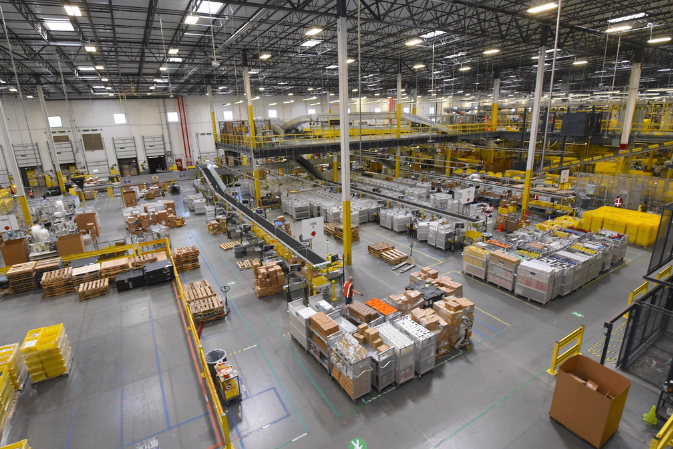Golf fans may know of the 1999 Open at Carnoustie. Jean Van de Velde — a French player not well-known in the U.S. — had played 71 marvelous holes of golf and stepped up to the final tee with a seemingly insurmountable 3-stroke lead. Sadly, Van de Velde fell apart and recorded a triple-bogey, resulting in a three-way playoff which he lost to Paul Lawrie.
The moral to the story is you can’t win a 72-hole golf tournament unless you’re at the top of your game for 72 holes. The same holds true for order fulfillment: If you do everything right but bungle the last mile of delivery, you’re going to lose.
Last Mile Delivery is a term that describes the last phase of the fulfillment process, when the product moves from the fulfillment center or one of its hubs to the final point of sale. Last Mile Delivery has become a critical issue for retail and commercial fulfillment, as you will see in the accompanying resource.
Years ago, the concept of last mile delivery didn’t really exist. A customer ordered something; a few days later it was loaded on a truck; that day or perhaps a few days later it arrived at the front door or factory loading dock.
Now, things have changedradically. Primarily driven by the decades-long success of Amazon, B2C and B2B customers expect next-day or same-day delivery as a matter of routine. Depending on the product, urban customers — and now even some suburban customers — want delivery within an hour.
Not only has speed become an enormous issue for sellers, but sellers have to deliver more quickly while their delivery volume is skyrocketing. The strong trend toward e-commerce had been underway for years when COVID hit, driving an unprecedented number of people to the Internet to buy various items.
Today, Last Mile Delivery involves having an inventory management system that brings backorders down to zero. It involves having warehouse space in strategic locations to reduce the physical distance between the product and the destination. It involves having multiple delivery options to accommodate every time and transportation variable. It involves having solid quality standards to ensure granular order tracking, product integrity, accurate delivery and delivery flexibility even down to when the truck is within a literal mile of the point of sale.
If your Last Mile Delivery operations are lacking, you may soon feel like Jean Van de Velde as he made his way to that final 18th green. Customers may choose to buy elsewhere to get their items more quickly. The added costs of an inefficient last mile fulfillment process could put you at a severe competitive disadvantage and eat into profits. In the worst case, a slower-than-promised delivery could cause a massive problem that costs you a customer and exposes you to years of litigation.
Don’t let it happen to you. To learn more about Last Mile Delivery and how you can improve it, please check out the featured infographic below. Courtesy of WAREHOWZ.




